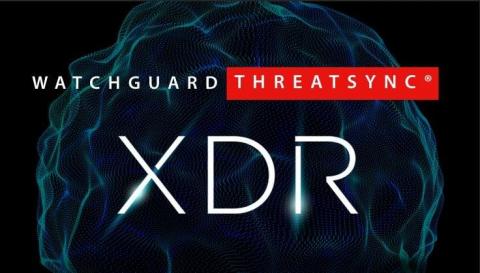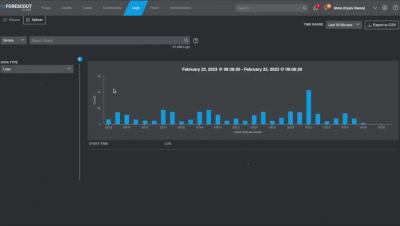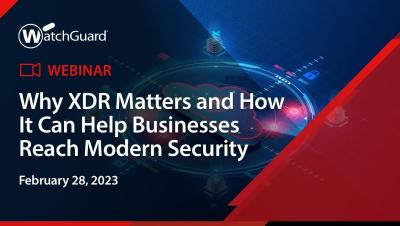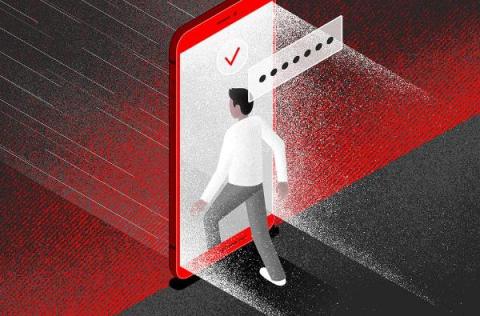XDR: what is it, how does it work and how do MSPs use it?
We have been talking about eXtended Detection and Response (XDR) for some years now, but despite being a buzzword in the industry, a fundamental question remains: what are we really talking about here? According to Gartner, which first defined the term in 2020, XDR is a vendor-specific threat detection and incident response tool that natively integrates multiple security products into a cohesive security operations system.











